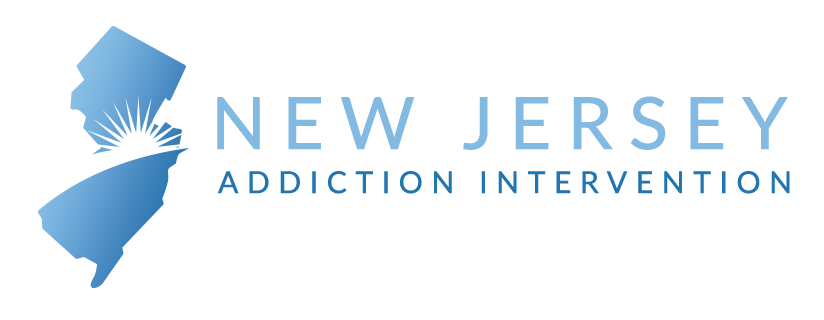Opioid overdose deaths hit an all-time high in the first full year of the COVID-19 pandemic.[1] This is thought to be the result of a combination of factors, including an increasing amount of fentanyl and other synthetic opioids in the drug supply as well as mental health stressors from the pandemic. Opioid overdoses can be deadly, but they can also be reversed if medical treatment is obtained quickly. The best way to reverse the effects of an opioid overdose is to use naloxone, an opioid overdose antidote.
What is Naloxone?
Naloxone is a medication that serves as an antidote to opioid drugs and overdose. Opioids can slow down or stop a person’s breathing to dangerous levels, sometimes resulting in their death. Naloxone can be administered during an opioid overdose to help wake the person up and restore their breathing until medical professionals can provide additional care.[2]
Many pharmacies across the nation have naloxone available for purchase without a prescription. Bystanders who have the medication may be able to administer it to a person who is overdosing while they wait for 9-1-1 emergency medical personnel to arrive. If the medication is administered quickly, it can save a person’s life.
Naloxone comes in two different FDA-approved formulations:[3]
- Injectable – Naloxone injections typically come in a vial that must be drawn up using a needle. It is meant to be injected into the muscle, but it can also be effective when administered into a vein or under the skin. The FDA has also approved a single-dose, prefilled injectable syringe called Zimi that can be injected intramuscularly or subcutaneously.
- Nasal spray – The most commonly used formulation of naloxone is a nasal spray. This is a pre-packaged and filled, needle-free device that is sprayed into the nostrils while the person lays on their back. The nasal spray is sold under the brand names Narcan and Kloxxado.
How Does Naloxone Work?
Naloxone is an opioid antagonist. Opioid antagonists bind to opioid receptors and reverse and block the effects of opioid agonists (opioids) such as heroin, fentanyl, hydrocodone, morphine, and codeine. By blocking the effects of opioids, opioid antagonists can temporarily restore a person’s breathing so they can avoid oxygen deprivation, brain injury, and death.[4]
The effects of the medication take hold in 1-3 minutes. However, the medication only lasts 30-90 minutes. Since some opioids last longer than this, a person who has received naloxone can stop breathing again if they fail to seek medical care. As a result, it’s always vital to call 9-1-1 when administering naloxone–even if the person wakes up.[3]
How is Naloxone Administered?
If a person is experiencing an opioid overdose, it’s crucial to administer naloxone as soon as possible. The person overdosing should be placed flat on their back while the nasal spray is administered in their nostril. The whole dose should be used. If the person doesn’t start breathing within 3 minutes after administering the spray, another dose can be given.[4]
Naloxone is also carried by many police officers and first responders across the nation. If they suspect an opioid overdose, they may administer the medication. Bystanders should always contact emergency responders if naloxone is administered. This is because individuals who have overdosed should be monitored for at least 2 hours after receiving naloxone to make sure their breathing doesn’t stop again.
Naloxone Side Effects
Naloxone has very few side effects. It is also a fairly risk-free medication. It has no effect on someone who does not have opioids on their system, so there is no danger of abuse or misuse.
The most common side effects occur because of how the medication works–it knocks opioids off of opioid receptors in the brain, resulting in withdrawal symptoms in people who are dependent on opioids. When a person who is dependent on opioids wakes up after receiving naloxone, they may experience:
- Headache
- Rapid heart rate
- Sweating
- Vomiting
- Tremors
These symptoms may be uncomfortable, but they are not life-threatening. The benefits of this medication (reversing overdose) far outweigh the potential side effects of opioid overdose (brain damage or death).
How Effective is Naloxone?
Naloxone is a highly effective medication that can save lives and work miracles. States that have enacted naloxone access laws to make the medication affordable and accessible to all have seen a near 14% decrease in opioid overdose deaths. Furthermore, modeling suggests that the medication has the potential to prevent 21% of opioid overdose deaths.[4]
Anyone who is using opioids, as well as their friends and family, should have naloxone.
Find Help for Opioid Abuse and Addiction Today
While naloxone can successfully reverse opioid overdose and help prevent death, it can’t prevent overdoses from happening in the first place. The only way to do that is to stop using opioids altogether.
If you or someone you love is addicted to opioids, now is the time to get help. Our team at New Jersey Interventions is available 24/7 to verify your insurance, discuss your treatment needs, and help you find the right rehab center for you. Don’t wait another second. Call now to speak with a trusted addiction specialist.
References:
Medically Reviewed: January 28, 2022

All of the information on this page has been reviewed and verified by a certified addiction professional.

